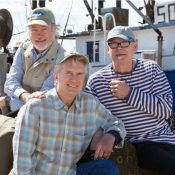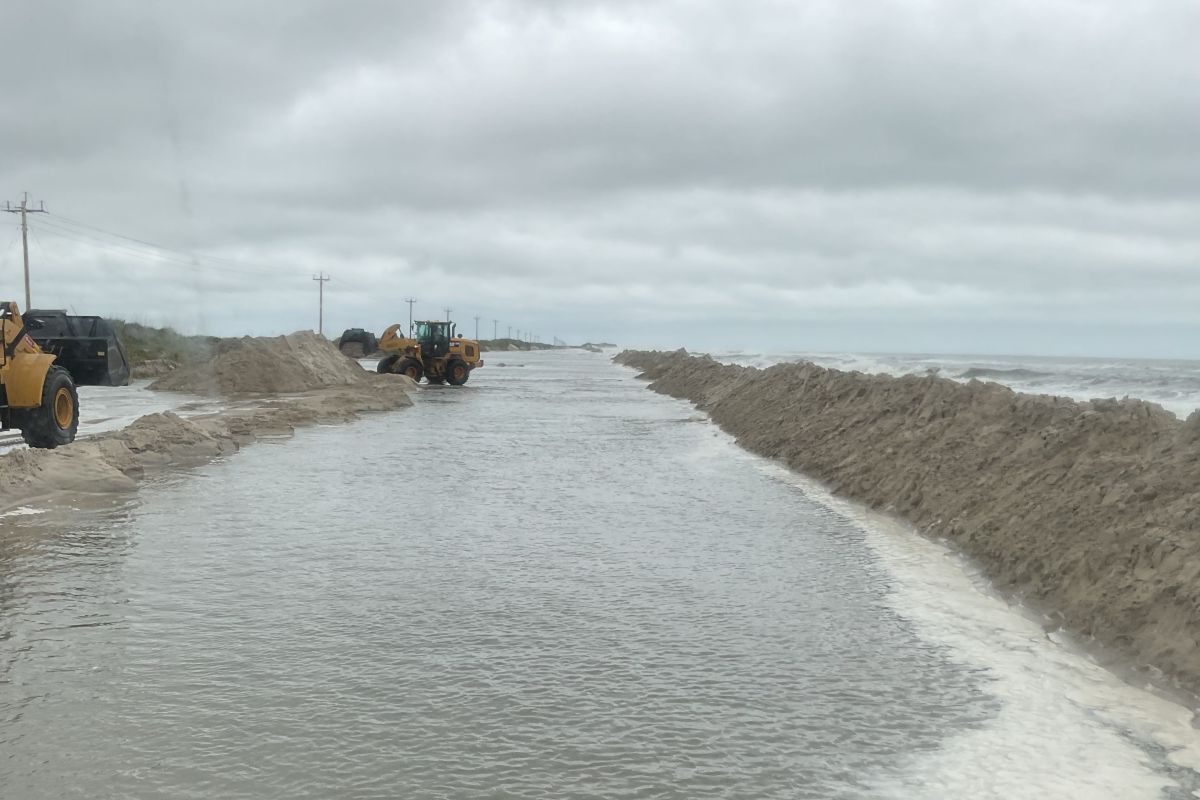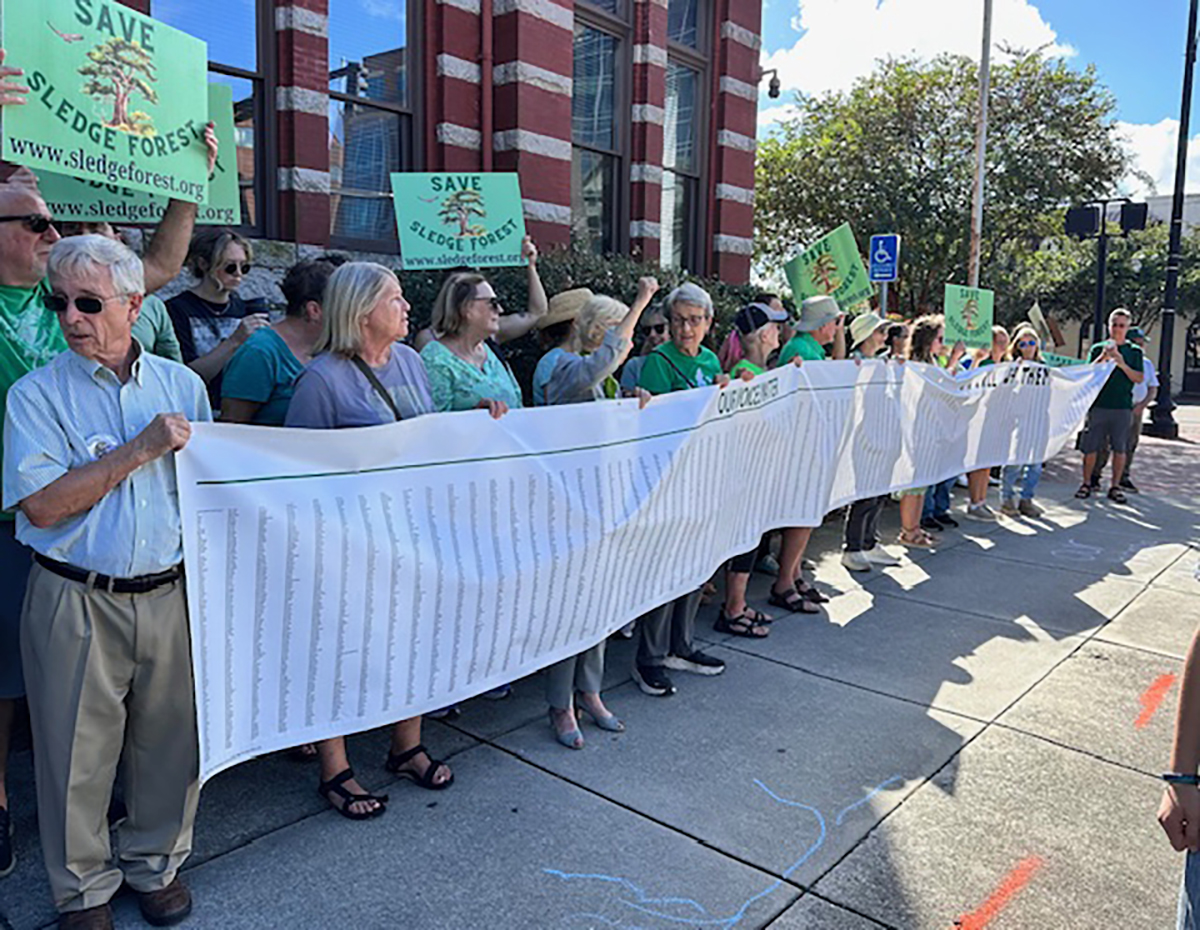When it came to shaping coastal policy, the 2015 legislative session could go down as the year of the oyster.
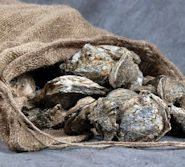
In a bid to jumpstart low, relatively static production levels, legislators added more than a half-dozen provisions, including a look at new leasing practices, the potential end to a moratorium on shellfish leases in Core Sound and a long-term plan for creating a major new sanctuary program for Pamlico Sound.
Supporter Spotlight
Steve Murphy, section chief for habitat enhancement at the N.C. Division of Marine Fisheries, said the division is working to meet fast-approaching deadlines on at least eight separate studies on oyster and shellfish polices mandated for early next year.
Murphy said DMF teams are developing rough drafts ahead of a round of stakeholder meetings planned for mid-December. Most of the studies are due to be reviewed well ahead of next year’s short session, which starts more than a month earlier than usual due to the accelerated primary schedule.
“We really don’t have a lot of wiggle room,” Murphy said.

The largest chunk of work by far is a first-of-its-kind study to develop a major new oyster sanctuary and leasing plan for Pamlico Sound. The provision, part of the 2015 budget bill, is a rewrite of legislation passed in 2000 creating the Jean Preston Oyster Sanctuary. Preston, who died in 2013, was a legislator from Carteret County who served in both the N.C. House and Senate.
When it was first passed, the sanctuary plan called for a 10,000-acre area in the middle of the sound. The modified version passed in this year’s budget is less proscriptive in terms of total size and location, but still envisions a major effort to increase oyster beds over a 10-year period.
Supporter Spotlight
Murphy said that’s a significant change in strategy.
“The exciting thing about it for us is that it’s a long-term plan instead of these biennial snapshots,” he said.
The new plan, he said, could lead to a significant increase in oyster restoration programs. The state, he said, has struggled to rebuild its oyster beds since an era of massive harvesting that took place in the late 1800s through the early 20th Century.
Murphy said restoring beds means a lot more work and material than just replacing the oysters taken. Within an oyster sanctuary, material such as natural oyster and clam shells, rock and recycled crushed concrete, is placed in mounds or piles to provide a suitable habitat.

“You have to replace more material so that oysters will grow,” he said.
A review of Virginia’s recent restoration and enhancement push shows promising results, he said, but it required a much bigger investment.”The scale of what’s being done here to what’s being done there differs by a factor of 10,” Murphy said.
Even though North Carolina’s restoration efforts have increased, he said, they still don’t provide enough material to keep up with what’s removed.
“We’ve been at a level for the last 10-15 years where it’s not big enough to make any kind of large difference in the fishery,” he said. “This would take us in the opposite direction, so we’re not just trying to keep up, but adding more material out there than we’re removing.”
Rather than set a target number, the sanctuary study calls for an assessment of what the division could accomplish on its current budget and if it had additional funds and the opportunity to partner with outside entities.
Erin Fleckenstein, a N.C. Coastal Federation scientist who has been working with Murphy on the sanctuary study, said the legislature has definitely sent a signal to the division and oyster advocates that they want to see a major push.

Creating a network of sanctuaries that might total as much as 10,000 acres would be a big jump from the 150 acres of existing sanctuaries, she said.
“It shows a lot of initiative and a lot of support from the legislature to do long-range planning of oyster sanctuary and restoration in the state,” she said. The original plan for a 10,000-acre checkerboard of sanctuary and leasing areas would have been difficult to manage and might not have been ideally located, Fleckenstein said. The new plan would allow for sanctuary and leasing areas in multiple zones in the sound.
Fleckenstein said that with a much more usable concept in place, planners can take fuller advantage of groundwork done over the years by researchers and the federation, which has been studying the area for more than a decade and mapping potential areas.
“They’ve given the division a mandate to think big,” she said. “When you think big, you can really get creative.”
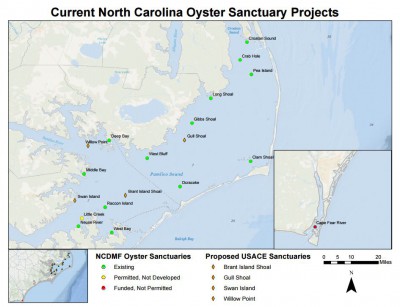
Core Sound Controversy
One other major study could result in the lifting of a longtime ban on shellfish bed leasing in Core Sound, the state’s most pristine coastal waters.
The ban, in place since the 1990s, was the result of opposition from commercial fishing groups worried about loss of habitat and access in the sound.
Murphy said planners are working with shellfish growers and Carteret County fishing operations “at the grassroots level” to identify areas of concern in the sound. The plan, he said, is to find some areas of consensus ahead of what could be contentious public meetings on the issue.
“We know there’s going to be a lot of support for and against the plan,” he said. “The leasing would take place in public trust waters and it does take part of the public trust bottom and put it in private hands,” he said. “That can be pretty controversial.”
Murphy said he understands the arguments on both sides and the division’s job will be to strike a balance between its mission to support fisheries and “doing what’s right” under the public trust doctrine.
Streamlining
Other legislative efforts are aimed at helping to streamline requirements on both oyster restoration and shellfish harvesting, Fleckenstein said.
One study in the works could ease the way for restoration efforts by reducing the need for a full Coastal Area Management Act, or CAMA, review. Right now, Fleckenstein said, restoration projects are treated as new construction and require a major review. Setting up a set of accepted practices and procedures that would not require a major review could eliminate that step, she said.
“This (study) would at least start the dialog toward changing that,” she said.
Another study looks at the use of GPS for mapping out shellfish beds rather than requiring the work of a surveyor, which could cut the time and cost of setting up leasing areas.


